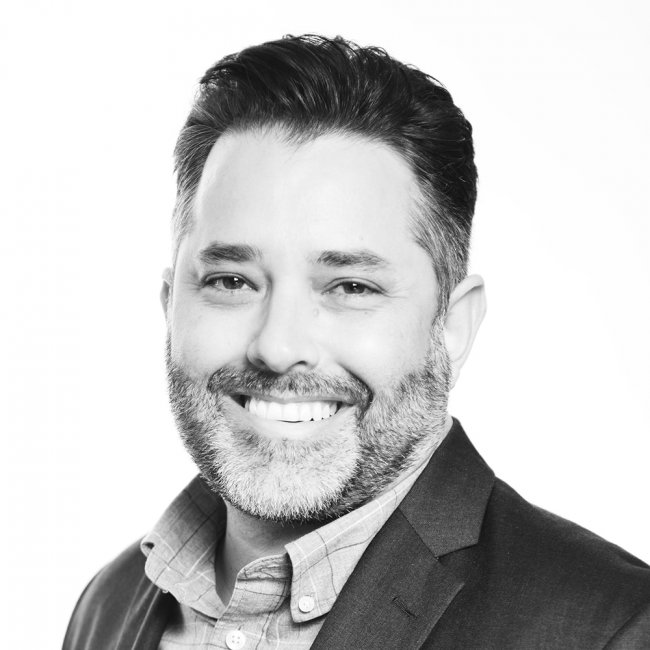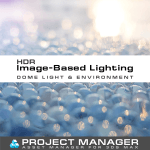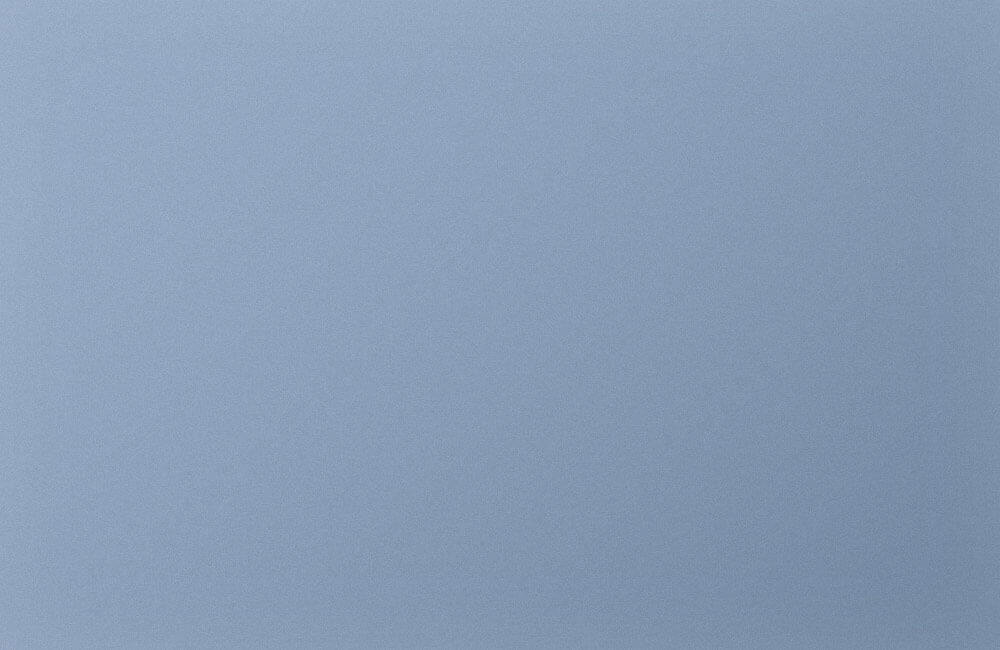Sometimes you meet people who seem like there’s just no stopping them.
John Santangelo is one of those people. That’s the feeling you get when you look at his website (https://johnsantangelodesign.com), and see how his creative career of a 3D designer developed.
Over the last 20 years, John worked on a wide array of projects ranging from stage sets to tradeshow exhibits to permanent installation designs for clients such as McDonald’s, Walgreen’s, Autodesk, Old Navy, Allstate, Intercontinental Hotels Group (IHG) and the Consumer Electronics Show (CES).

John Santangelo
WEBSITE: https://johnsantangelodesign.com
As we talk, John apologizes for not having much time – a designer’s work is demanding, and the deadlines are tight. Still, he finds enough time to answer all the questions I have.
As you put it yourself, “From theater set design to major corporate events and tradeshow exhibits to fine art and photography, my artistic life has covered the gamut of creative experiences”. I’d like to ask about some details.
John: I’ll start with letting you know how things have changed with my situation since I put up my website. Until 2020, I had been mainly an event designer at a very large company. When the pandemic hit, it completely shut down the events industry. So I pivoted and took my knowledge of virtual tours which I had learned while creating virtual events and applied it to the real estate industry which was not affected at all by the pandemic.
While theater is where I started my design career, I have only revisited set design a few times here and there over the years. Fortunately, I have a childhood friend who owns and runs a successful theater in Colorado and he invites me to design there every once in a while. I do enjoy that, but my real focus professionally is on exhibit and event design.
You’ve worked on set designs for classics like Shakespeare’s “Hamlet” and “King Lear”, as well as newer and jollier
plays like “I Hate Hamlet”. What play was the most fun to work with?
John: I always enjoy designing for the dark and gritty realistic one-set types of plays. I love to be able to focus on one locale and invest all my energy into the fine details that really put the audience in the same room with the characters of the play.
Is there a play, or a theater director, that you want to work on some day?
John: I’ve always wanted to design “Noises Off” which is one of the most famous (and hilarious, in my opinion) modern farces ever. I acted in that show my senior year of college and it was literally the most fun experience of my life. So I would love to revisit that in some way by designing the set (as I am now too old to be taking falls down staircases anymore!)
(In case the less theater-savvy readers want to know, “Noises Off” is a 1982 English play by Michael Frayn. It’s about a theater director who tries to stage a farce with a terribly dysfunctional group of actors, and it’s fun to watch. – ST)
Did you ever participate as an actor in the plays for which you had designed the sets?
John: Actually, yes. My undergraduate degree is for acting. I started off with the intention of becoming an actor. As part of the degree program, we were all required to take courses relating to theater production which included costuming, lighting, technical direction and set design. I have always been artistically inclined and really enjoyed what set design had to offer. My instructor for that set design class saw something in my work that compelled him to convince me to look at set design as my career path as opposed to acting. He (Ron Steger) was the one who encouraged me to enter my final class project into the design competition which I ended up winning. And I think I was hooked from there! My senior year I ended up designing 3 of the 6 department productions while also acting in most of them! It was a crazy year but probably one of the most memorable in my life.
You received the “Best Set Design for a Drama” award in 2014 for the Thingamajig Theater Company’s production of “Red”, John Logan’s play about the artist Mark Rothko. It’s been called “a play about art, an artist and the act of creation”. Did the award come as a surprise, or did you think “Well, this is my best work. Award-winning material, if I dare say so myself”? Was there any inside hint, like “You didn’t hear it from me, but you really should watch the Broadway World Awards this year”?
John: Ha ha, well, I don’t think you’ll see my name come up for that this year, but that production of “Red” really is the theater project I am most proud of. And the reason why I think it was is because it was a production where EVERYTHING came together beautifully. The acting and direction was top notch. The lighting and costuming was also great. All of this overlaid on a very well-written and enlightening script gave us a compelling and memorable production which won other awards as well!
Were you inspired by Rothko’s own art while working on the set?
John: Strangely, I wasn’t at first. Even being an artist myself, occasionally I will look at works from the likes of Rothko or Pollock and scratch my head a little, wondering “why” or even “if” it is art. But I’ve come to the conclusion that the reason IT IS art is because it forces you to ask those very questions! It’s kind of an interesting conundrum. And as I learned more about Rothko through the script for “Red” and in the research I performed as I was developing the set, his work kind of grew on me.
Stage design for John Logan’s play RED, Thingamajig Theatre
Set inside Mark Rothko’s studio which was formerly a YMCA building in New York City, I had fun focusing on some subtle details
(that may or may not have been present in the real setting) in creating this environment for a very intimate production of “Red” by the Thingamajig Theatre Company.
From the partial reveal of a basketball court floor beneath the paint tarps to the fallout shelter signage common for buildings of the type and time era, there’s lots to discover about Rothko’s gritty world that was never explicitly called out in the script.
Old Navy, 2012
When I was transitioning from theatre set designer to event designer, I was put on a lot of what we call in the biz, “general session” or “key note” stage design tasks. Generally they are big hotel ballrooms with a stage, a corporate-branded set of some kind, large screens and an audience. This is an example of something we pitched for Old Navy for one of their leadership conferences.
As a corporate event designer and later senior experience designer & creative director, you’ve worked with some giants – like Old Navy, Banana Republic, McDonald’s, Intercontinental Hotels Group.
Were you given creative freedom when working on the designs for the companies, or were there some requirements that you were asked to follow?
John: As with most corporate projects, there are always some guidelines to follow but very often they are looking for your expertise to come up with something creative and interesting. With these types of clients, everything revolves around “the brand.” So, as long as what you’re giving them from a design standpoint supports what the brand stands for, they are usually pretty receptive towards it.
Apex – Brasil
The direction for this particular booth for the Brazilian pavilion at a large food production conference was influenced heavily by my past work on projects for the McDonald’s WorldWide conventions whose Latin American-based restaurants used bold and lively colors and graphics mixed with wood tones to create really fresh and energetic environments.
You’ve worked with many areas of application of 3D modeling. Which do you find the most interesting?
John: Nearly 100% of my work is done inside of 3DS Max. And for the corporate design work (events & exhibits… which is really my bread and butter) the vast majority of the “things” I use to pull together a design are pulled from a library of existing parts and pieces. Modular exhibit building systems, furniture from various vendors, lighting and theatrical rigging equipment, computers and LCD monitors, plants, props, people, and in addition, vast libraries of materials from carpet to drape to laminates. So, while I do not do a lot of 3D modeling from scratch, I think in many ways that coming up with an efficient process for the type of work I do has been the most interesting part about it!
What’s the hardest thing that you had to deal with in your work?
John: TIME. It is kind of crazy how the industry has evolved over the years and customer expectations have increased. Where once it was acceptable to ask for 3-4 weeks to develop a custom exhibit design, it is now measured in mere days. I rely heavily on the tools at my disposal to save me time wherever possible on the functional aspects of design so that I can utilize what little time I have to focus on the creative solution.
Speaking of time, how do you manage to deal with it? Is it just “pick the right tools, dive into the project and never stop until it’s finished”, or do you have some time-management process that helps you schedule things?
John: Of course, using the best tools for the job is a start… but in the end, a tool is just a tool. If you’re not utilizing those tools to your maximum advantage then you’re wasting valuable time and perhaps even your creative product suffers due to it. So, my first piece of advice is to never stop learning! Watch those YouTube tutorials and see how other people approach their design (and designing with software) problems. You might learn that some of the methods and workflows you’ve been utilizing all of this time weren’t optimal.
But for me, everything is about time-management and multi-tasking. I keep a simple running list on a sticky note with nothing more than the names of the projects I have on my plate. There could be one project, there could be seven. They all have different complexities and due dates and I am constantly assessing my schedule. The key is to set goals for the day (or even half-day) that are realistic and help you chip away at the list. If there are several smaller tasks that I can clear out in a morning then I will knock those out first. The feeling of accomplishment is a good motivator for the rest of the day. If it’s a larger, more complicated task then I will make sure that I devote as much (mostly) uninterrupted time as I can to it. And by the way, the list rarely ever gets to zero projects, but I can assure you that when it does, happy hour comes a little earlier that day. Sometimes you’ve got to reward yourself! 😉
After a new project comes in or perhaps I’ve just completed a “design discovery kick-off” meeting with the client, I will spend just a few minutes pondering it and may even do some very quick thumbnail sketches of possible solutions. Even if I don’t intend to actually start on the project right away, I feel it’s good to start thinking about it and focus on some of those things that you know may be problematic for you so that your brain can start breaking down those problems, even sub-consciously.
Also, when you’re dealing with problems of a creative nature, DON’T FORCE IT. I think so many designers worry that if they’re not spending every minute grinding out a design that they’re not being productive. If you start spinning your wheels with a particular problem, put it on pause. Work on something else for a bit. Listen to some music. Go for a walk. Banging your head against the keyboard trying to make something work that clearly isn’t inspired will do you no good.
As a sidenote, if I am really struggling with a design, I will often think hard about it right before I go to sleep at night. More often than not, the next morning I will have an “a-ha moment” that breaks the creative block. I really believe that your brain continues to problem-solve even when you’re sleeping!
Vemma Oscars Stage
I had to look up to see if Vemma was still a thing… they’re not. Turns out they were shut down years ago for deceptive business tactics and being a pyramid scheme! That must be where they got all the money to create this huge internal awards ceremony (ripping off the Oscars) back in 2011, haha. But it’s a good one for the portfolio! 😉
What tools do you like to use? And, since we’re on the topic, do the Kstudio products help you in your work?
John: I use the usual assortment of Adobe and Autodesk products that many 3D designers in my industry are familiar with. But I have been a HUGE proponent of Kstudio’s Project Manager tool for 3DS MAX for over 10 YEARS now. I literally cannot work on my design projects without it! Using Project Manager saves me soooo much time that I can’t even properly quantify it. Over the years, I have built up a gigantic library of everything a designer in my capacity needs and Project Manager is the perfect tool for organizing and accessing that library quickly and conveniently. I have turned so many of my colleagues onto it as well, and universally, they all feel the same way about it as I do. IT IS A MUST-HAVE TOOL.
Good to know it works well for you!
Are there artists or designers whose works inspire you?
John: Not particularly. There are so many great ones out there that if I want inspiration I just start Googling.
What are you currently working on?
John: I have several designs being developed for some big Las Vegas-based conferences coming up this fall and spring. In particular, these are for clients attending Global Gaming Expo (which is casino gaming), the Consumer Electronics Show (CES) and ConExpo (a big construction equipment show).
A side of your work that you mention on the website is the creation of virtual tours, like the tour for DISCOVERY Children’s Museum in Las Vegas. In a way, it seems to be the opposite of your design works – taking a real place and recreating it in virtual space. Is there something different about this kind of work?
John: Yeah, it is totally different, no doubt! This adventure into creating virtual tours started for me in 2015 when I was designing the Autodesk University event hosted at the Sands Convention Center (now called the Venetian Convention Center) in Las Vegas. At the time, virtual tours were just a fringe thing and the first consumer-grade 360° cameras were just arriving in the marketplace. I was seeing the possibilities of using the technology in my realm of events and trade shows before most people had even heard of the technology.
So my first big project was to create a virtual tour of the Autodesk event, but not for the purpose you might think. The virtual tour was not meant to be used by the event’s audience as a way to extend the experience for show-goers, it was actually meant to be used internally between my company (who designed and produced the event) and our Autodesk client as a way to document the resulting design so that during the following year’s design cycle (as the event was produced at that facility for several years in a row), we could review what we did the year before and improve upon it. We could literally “walk the showfloor” and recall every booth design, every intersection, every design solution “win” and every failure much more naturally and accurately than by memory and notes alone. I feel this is still an under-used tool for that particular use-case.
Among the projects that you’ve created, is there one that you consider your favourite?
John: Boy, that’s a tough one to answer. There have been so many that I really enjoyed working on. But I would have to say that my first year of designing the Autodesk University in 2014 stands out as the most memorable. It was very challenging as it was one of the first events I had ever designed at that scale and Autodesk was also a new client for my company so the expectations that we needed that project to be a success from a business standpoint were high. It was a lot of pressure, and a LOT of work but in the end, the client was extremely satisfied and we won an few industry design awards for our efforts that year.
Have you got an idea about where you are heading next?
John: I’m not sure, exactly. I feel like I just got back into a groove. So I’ll ride this wave for a bit and see where it takes me.
About the interviewer:
Semen Tsevelev is a journalist from Odesa, Ukraine, who likes to write about art, films, and the issues of modern society.
 Translate
Translate










